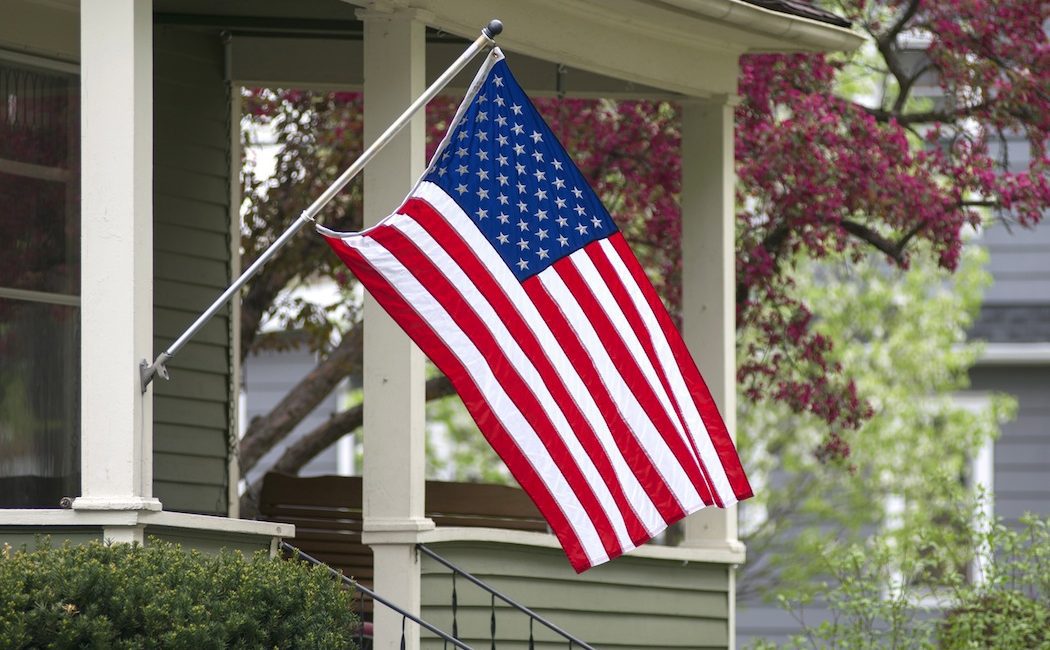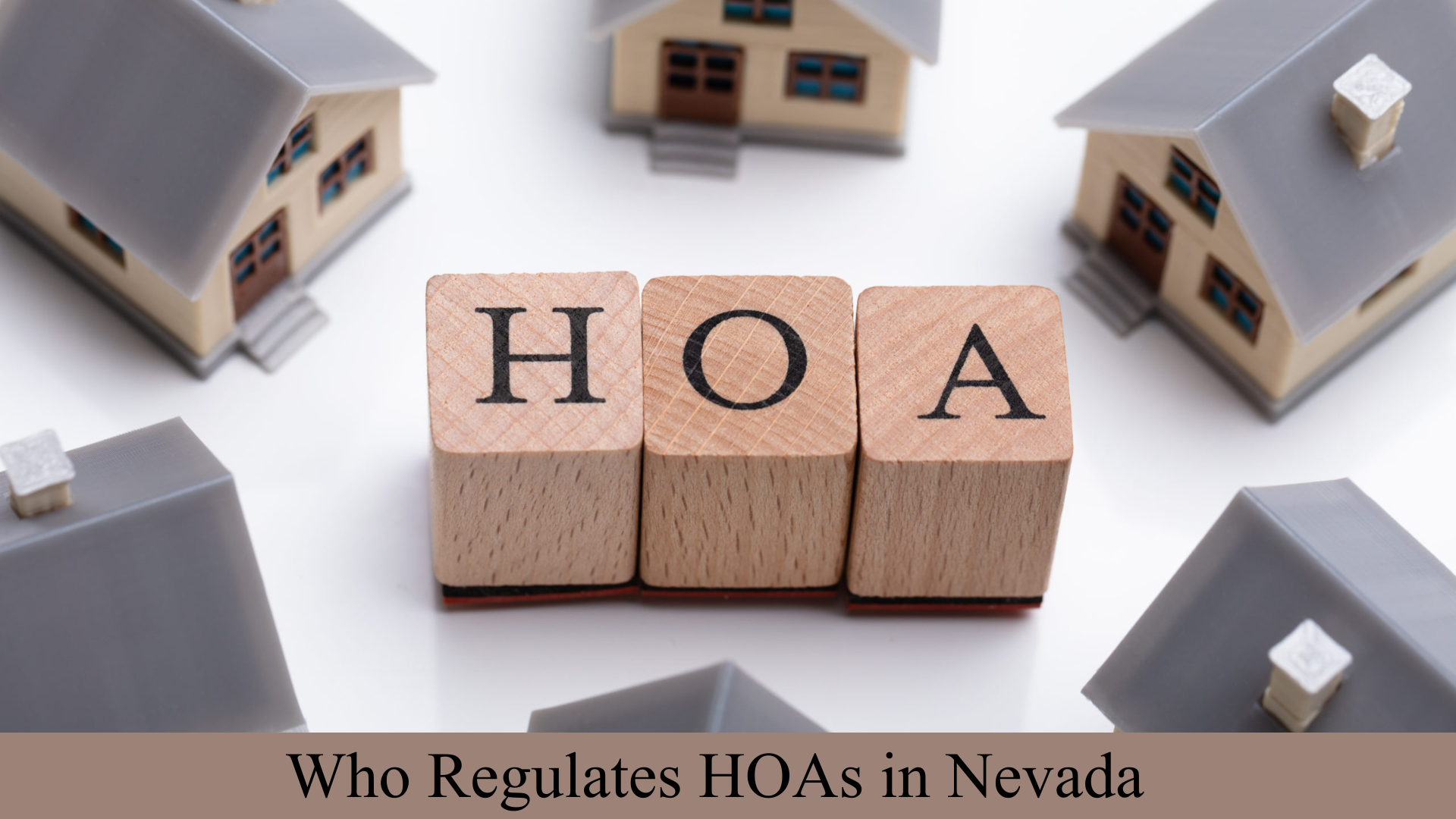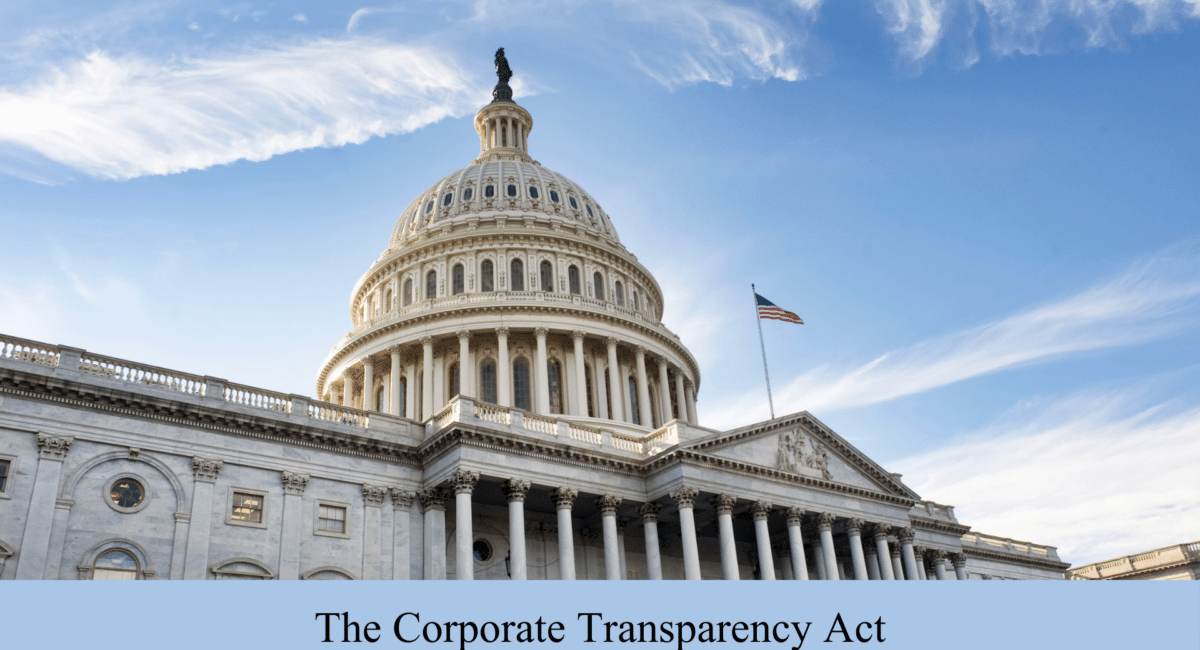ISAACSON LAW BLOG
Flag Display Regulations

Flag Display Regulations
Nevada and Federal law alike restrict those regulations a community association may place on a homeowner’s ability to display a flag of the United States and the State of Nevada. However, many architectural requests by homeowners can fall outside the State or Federal regulations or pose questions about what is allowed.
Federal & State Regulations:
Under Federal law, the Freedom to Display the American Flag Act of 2005, Pub.L. No. 109-243, 120 Stat. 572 (2006), was signed into law in July 2006 to protect the right to display the American flag and prevent homeowners’ associations from adopting and enforcing any policy that would violate the owners’ freedom to do so. Explicitly, the Act declares that:
A condominium association, cooperative association, or residential real estate management association may not adopt or enforce any policy, or enter into any agreement, that would restrict or prevent a member of the association from displaying the flag of the United States on residential property within the association with respect to which such member has a separate ownership interest or a right to exclusive possession or use.
However, under the Act homeowners’ associations have the right to set restrictions that would limit the time, place, or way of displaying the flag, only if said restrictions are (1) reasonable, (2) necessary to protect a substantial interest of the association, and (3) do not violate the United States Flag Code. The actual language of 4 USC. § 5 provides that:
Nothing in this Act shall be considered to permit any display or use that is inconsistent with—
(1) any provision of chapter 1 of title 4, United States Code, or any rule or custom pertaining to the proper display or use of the flag of the United States (as established pursuant to such chapter or any otherwise applicable provision of law); or
(2) any reasonable restriction pertaining to the time, place, or manner of displaying the flag of the United States necessary to protect a substantial interest of the condominium association, cooperative association, or residential real estate management association.
The Act applies to displays on an association member’s property and gives associations some flexibility to restrict the time, place, and means of the flag’s display, as long as the restrictions are reasonable. Congress also made a point of saying that the law does not protect any display that would violate the U.S. Flag Code. So, associations are free to prevent members from displaying the flag in a disrespectful or vulgar manner.
Turning to Nevada law, NRS 116.320 provides that:
1. Except as otherwise provided in subsection 2, the executive board of an association shall not and the governing documents of that association must not prohibit a unit’s owner from engaging in the display of the flag of the United States or of the State of Nevada within such physical portion of the common-interest community as that owner has a right to occupy and use exclusively.
2. The provisions of this section do not:
(a) Apply to the display of the flag of the United States or of the State of Nevada for commercial advertising purposes.
(b) Preclude an association from adopting, and do not preclude the governing documents of an association from setting forth, rules that reasonably restrict the placement and manner of the display of the flag of the United States or of the State of Nevada by a unit’s owner.
3. In any action commenced to enforce the provisions of this section, the prevailing party is entitled to recover reasonable attorney’s fees and costs.
4. As used in this section, “display of the flag of the United States or of the State of Nevada” means a flag of the United States or of the State of Nevada that is:
(a) Made of cloth, fabric or paper;
(b) Displayed from a pole or staff or in a window;
(c) With regard to a flag of the United States, displayed in a manner that is consistent with 4 U.S.C. Chapter 1; and
(d) With regard to a flag of the State of Nevada, not larger than the size of a flag of the United States that is displayed, if at all, by a unit’s owner.
The term does not include a depiction or emblem of the flag of the United States or of the State of Nevada that is made of balloons, flora, lights, paint, paving materials, roofing, siding or any other similar building, decorative or landscaping component.
The Nevada statutory provisions are similar to the Federal statutes in that it allows the Association to reasonable restrict the placement and manner of the display of the flag of the United States and/or the State of Nevada.
In this regard, neither the executive board nor a community’s governing documents can prohibit a unit’s owner from displaying the flag of the United States or of the State of Nevada within that physical portion of the common-interest community an owner has a right to occupy and use exclusively. In other words, a homeowner will generally be permitted to display a flag within his or her own property or those areas they exclusively occupy.
Permitted Rule & Regulations:
An Association can establish rules that reasonably restrict the placement and manner in which a homeowner can the display the flags of the United States or the State of Nevada. In accordance with NRS 116.320.4, “display of the flag of the United States or of the State of Nevada” that is:
(a) Made of cloth, fabric or paper;
(b) Displayed from a pole or staff or in a window;
(c) Displayed in a manner that is consistent with 4 U.S.C. Chapter 1 (the Federal Flag Code); and
(d) With regard to a flag of the State of Nevada, not larger than the size of a flag of the United States that is displayed, if at all.
Associations can further restrict a depiction or emblem of the flag of the United States or of the State of Nevada that is made of balloons, flora, lights, paint, paving materials, roofing, siding or any other similar building, decorative or landscaping component. An association may further reasonably restrict the size and placement of the flag pole as these items are not addressed under either Federal or State law.
Should legal action be required to either enforce or defend against regulations surrounding the placement or depiction of a U.S. or Nevada flag, the prevailing party is entitled to recover reasonable attorney’s fees and costs. Any provision in a community’s governing documents or enforcement action undertaken by an association’s executive board that is contrary to NRS 116.320, is void and unenforceable. If the community’s governing documents contain a provision contrary to NRS 116.320, the association’s board must immediately review and amend the governing documents as necessary to ensure compliance with the statute.
The following is a summary of pertinent portions from the Federal Flag Code:
1. The flag should only be displayed from sunrise to sunset on buildings and on stationary flagstaffs in the open, unless properly illuminated during the hours of darkness (Sec. 2(a)).
2. The flag should not be displayed on days when the weather is inclement, except when an all weather flag is displayed (Sec. 2(c)).
3. The flag should not be draped over the hood, top, sides, or back of a vehicle or a boat. When the flag is displayed on a motor car, the staff should be fixed firmly to the chassis or clamped to the right fender (Sec. 3(b)).
4. No other flag or pennant should be placed above or, if on the same level, to the right of the flag of the United States (Sec. 3(c)).
5. When the flag is displayed from a staff projecting horizontally or at an angle from the window sill, balcony, or front of a building, the union of the flag should be placed at the peak of the staff unless the flag is at half staff (Sec. 3(h)).
6. When displayed either horizontally or vertically against a wall, the union should be uppermost and to the flag’s own right, that is, to the observer’s left. When displayed in a window, the flag should be displayed in the same way, with the union or blue field to the left of the observer in the street (Sec. 3(i)).
7. On Memorial Day the flag should be displayed at half-staff until noon, then raised to the top of the staff. The flag shall be flown at half-staff, upon order of the President, or in accordance with recognized customs or practices not inconsistent with law (Sec. 3(m)).
8. The flag should never be displayed with the union down, except as a signal of dire distress in instances of extreme danger to life or property (Sec. 4(a)).
9. The flag should never touch anything beneath it, such as the ground, the floor, or water (Sec. 4(b)).
10. The flag should never be festooned, drawn back, nor up, in folds, but always allowed to fall free (Sec. 4(d)).
11. The flag should never be fastened, displayed, used, or stored in such a manner as to permit it to be easily torn, soiled, or damaged in any way (Sec. 4(e)).
12. The flag should never be used as a covering for a ceiling (Sec. 4(f)).
13. The flag should never have placed upon it, nor on any part of it, nor attached to it any mark, insignia, letter, word, figure, design, picture, or drawing of any nature (Sec. 4(g).
14. The flag should never be used as a receptacle for receiving, holding, carrying or delivering anything (Sec. 4(h).
15. The flag should never be used for advertising purposes in any manner whatsoever (Sec. 4(i)).
16. The flag, when it is in such condition that it is no longer a fitting emblem for display, should be destroyed in a dignified way, preferably by burning (Sec. 4(k)).
When associations are presented with architectural requests seeking to allow the placement of flags within the community, the board should consider consulting with legal counsel. Doing so will help protect the board members and the community from potential liability. If you have questions call our office at (702) 529-2559, thank you.

LOCATION
- (702) 529-2559
- 9900 Covington Cross Drive Suite 210-B Las Vegas, NV 89144
BUSINESS HOURS
Monday – Friday: 8:30am to 5:30pm
Recent Blog Posts

Who Regulates HOAs In Nevada?

Tackling HOA Violation Letters: Managing Emotions

What Are Some Common Challenges For Homeowners Associations?

